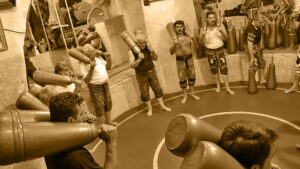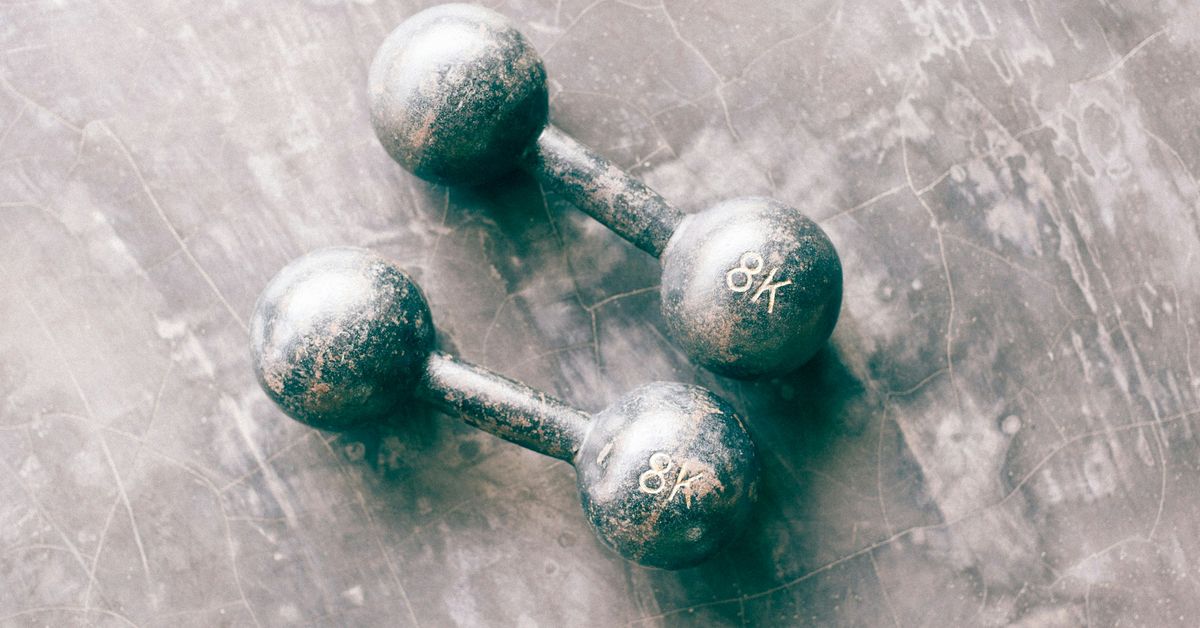Revolutionary Wearables: Are They the Key to Unlocking Your Fitness Potential?
In a world where technology seems to evolve at breakneck speed, it’s hard to ignore the impact that wearables have had on the fitness landscape. From smartwatches to heart rate monitors, these devices have burst onto the scene, promising to help us reach our fitness goals with unprecedented precision. But are they really the key to unlocking our fitness potential, or just another fad that will fade away with the next tech trend? It’s a question worth exploring.
The Evolution of Fitness Tracking
Not too long ago, tracking your workouts meant keeping a logbook or perhaps using a simple pedometer. Fast forward to today, and we are bombarded with a plethora of options that can track everything from our heart rates to our sleep patterns. I vividly remember the first time I strapped on a fitness tracker—it felt like I had a little coach on my wrist, silently urging me to take those extra steps. But as many of us know, the initial excitement can wear off, and one can’t help but wonder: are these gadgets actually helping us, or merely adding another layer of complication to our fitness journeys?
The Mechanics of Wearables
The technology behind wearables is nothing short of fascinating. Most devices use sensors to collect data about our physical activity, heart rate, and even stress levels. For instance, accelerometers measure movement, while heart rate monitors provide insights into cardiovascular health. Some advanced models even employ GPS to track distance and pace during runs. This data is then synced with apps on our smartphones, allowing us to visualize our progress over time. It’s a bit like having a personal trainer who’s always on call—though without the motivational speeches (and sometimes, let’s be honest, the guilt trips).
Benefits of Wearable Technology
So, what can wearables actually do for us? Here’s a rundown of some of the most noteworthy benefits:
- Real-time data: Perhaps the most significant advantage is the ability to track your metrics in real-time. Whether you’re running, cycling, or lifting weights, seeing your heart rate spike can push you to work harder.
- Goal setting: Many wearables allow users to set specific fitness goals, which can boost motivation. There’s something inherently satisfying about reaching a daily step count or completing a set number of workouts.
- Accountability: Some devices come with social features, letting you share your progress with friends or compete in challenges. I’ve found that a little friendly competition can work wonders for motivation.
- Health monitoring: Beyond fitness, wearables can provide insights into overall health. Tracking sleep patterns or stress levels can help users make informed lifestyle changes.
Are These Benefits Enough?
The question remains: do these benefits translate into real-world fitness improvements? Some studies suggest that using wearables can lead to enhanced physical activity and better health outcomes. For instance, a study published in the Journal of Medical Internet Research found that participants who used wearable technology were more likely to increase their physical activity levels compared to those who didn’t. However, it’s essential to consider that simply wearing a device won’t magically make you fit. You still have to put in the work! (Trust me, I’ve learned this the hard way.)
Challenges and Limitations
Despite the potential advantages, wearables are not without their flaws. One significant challenge is data overload. With so much information at our fingertips, it can be overwhelming. I remember once checking my app after a particularly grueling workout and feeling more defeated than motivated. Did I really need to know that I’d only burned 300 calories? It’s a bit of a double-edged sword; while we crave data, sometimes ignorance is bliss.
Accuracy Concerns
Another hurdle is the accuracy of the data itself. Fitness trackers are generally good but not infallible. Heart rate readings can be thrown off by various factors, such as skin temperature or even how tightly the device is strapped to your wrist. In fact, a study from The American Journal of Medicine pointed out that some popular wearables can vary significantly in heart rate accuracy, especially during high-intensity workouts. So, while it’s great to have a tech buddy on your side, it’s wise to take the numbers with a grain of salt.
A Personal Journey with Wearables
Let me share a little personal anecdote. A couple of years ago, I decided to dive headfirst into the world of fitness wearables. After much deliberation, I ended up with a sleek smartwatch that promised to track every aspect of my health. At first, it was a game changer—I was motivated to hit my step count every day, and I even started running regularly. But then, life happened. Between work deadlines and social commitments, I found myself neglecting my fitness goals. My smartwatch became more of a decorative piece than a motivational tool.
It struck me that while the technology was impressive, my success ultimately depended on my commitment. I had to learn to view the wearable as a tool rather than a crutch. It was a turning point for me; I began to appreciate the journey rather than obsessing over the data. Who knew that a piece of tech could teach me about balance and moderation?
The Future of Wearable Technology
As we look ahead, the future of wearables seems bright—full of potential and innovation. Companies are continuously developing more advanced devices that can monitor a wider array of metrics, from blood glucose levels to hydration status. Imagine a wearable that not only tracks your steps but also tells you when you need to hydrate after a particularly sweaty workout (because, let’s face it, we all forget to drink water sometimes).
Integration with Health Systems
Moreover, the integration of wearables with health care systems is on the rise. Some health professionals are beginning to use data from wearables to monitor patients remotely, which could revolutionize how we approach preventative health care. Imagine receiving feedback from your doctor based on data collected from your wearable. It’s a fascinating prospect that could lead to more personalized health care solutions.
Choosing the Right Wearable
With so many options on the market, selecting the right wearable can feel a bit like dating—there are plenty of fish in the sea, but finding the one that complements your lifestyle is key. Here are a few tips to help you navigate the sea of choices:
- Identify your goals: Are you looking to track steps, monitor heart rate, or analyze sleep patterns? Knowing what you want to achieve will help narrow down your options.
- Consider compatibility: Ensure the device syncs seamlessly with your smartphone and any other apps you use.
- Read reviews: Don’t just take the manufacturer’s word for it—check out what other users are saying about accuracy and usability.
Remember, the best wearable is the one that you’ll actually wear. If you find something that fits your style and needs, you’re more likely to stick with it in the long run.
Conclusion: The Balance of Technology and Commitment
As we wrap up this exploration of wearables and their role in fitness, it’s essential to recognize that while these devices offer incredible tools for analysis and motivation, they are just that—tools. The true key to unlocking your fitness potential lies in your commitment to a healthier lifestyle. Technology can make the journey easier and more informative, but ultimately, the power to change your habits rests with you.
So, whether you’re a seasoned gym-goer or just starting your fitness journey, consider integrating wearables into your routine, but don’t forget to balance it with your own efforts and mindset. After all, technology is only as good as the person wearing it—and sometimes, the most significant breakthroughs come from within.
In the end, it’s not about the number of steps counted or calories burned, but about how you feel along the way. And if a smartwatch can help you discover that, then maybe, just maybe, it’s worth strapping one on—at least until it becomes a decorative piece on your wrist like mine did (just kidding!). Here’s to fitness, technology, and all the adventures that lie ahead!











